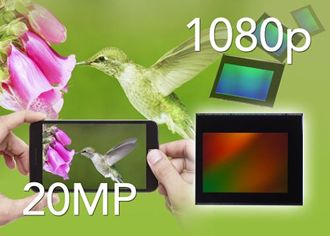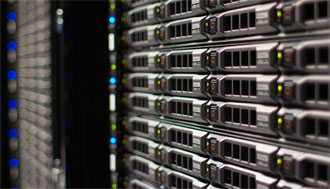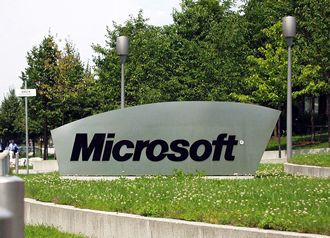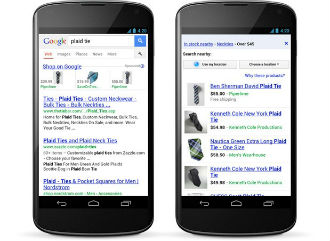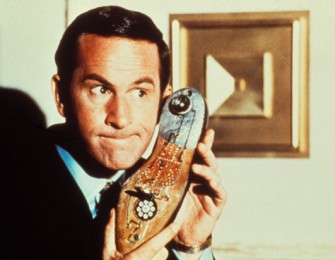 The NSA has poured cold water on the central plank of Edward Snowden’s statements that he was worried about overwhelming government spying and could not make anyone listen.
The NSA has poured cold water on the central plank of Edward Snowden’s statements that he was worried about overwhelming government spying and could not make anyone listen.
Snowden said that he had complained to his fellow workers about the snooping programmes but had to take action when no one listened.
The NSA said that it had reviewed all of Edward Snowden’s available emails in addition to interviewing NSA employees and contractors to determine if he had ever raised concerns internally about the agency’s vast surveillance programs.
According to documents the government filed in a federal court last Friday, NSA officials were unable to find any evidence Snowden ever had shared his concerns with anyone.
In a sworn declaration, David Sherman, the NSA’s associate director for policy and records, said the agency launched a “comprehensive” investigation after journalists began to write about top-secret NSA spy programs upon obtaining documents Snowden leaked to them.
The investigation included searches of any records where emails Snowden sent raising concerns about NSA programs “would be expected to be found within the agency.”
Sherman said the NSA searched sent, received, and deleted emails from Snowden’s account and emails “obtained by restoring back-up tapes.”
Still, the agency says it did not find any evidence that Snowden attempted to address his concerns internally — as he has said he did — before leaking the documents.
This is problematic for Snowden’s supporters because VICE News filed a case against the NSA earlier this year seeking copies of emails in which Snowden raised concerns about spy programs he believed were unconstitutional.
However if he did not then some of Snowden’s reputation as a whistleblower suffers. If Snowden was really concerned about the antics of the NSA he never even mentioned his concerns to his colleagues. Of course that might mean that he simply did not want to end up unemployed, or given a nice walk around a German forest somewhere, but it could also mean that he was not concerned about snooping.
Of course, there is the small matter if you believe the spooks, whose reputation for truth is about on a par with Robert Maxwell’s.
So far, the NSA has found a single email Snowden sent to the NSA’s general counsel in April 2013 in which he raised a question about NSA legal authorities in training materials.
That email poses a question about the relative authority of laws and executive orders — it does not register concerns about NSA’s intelligence activities.



